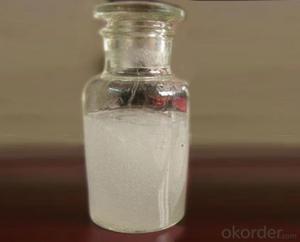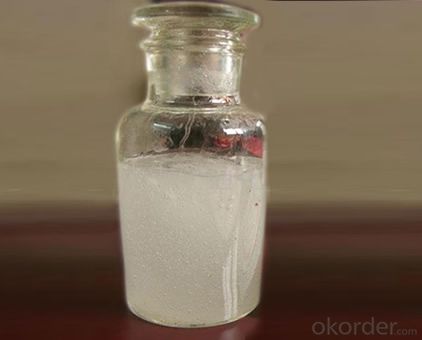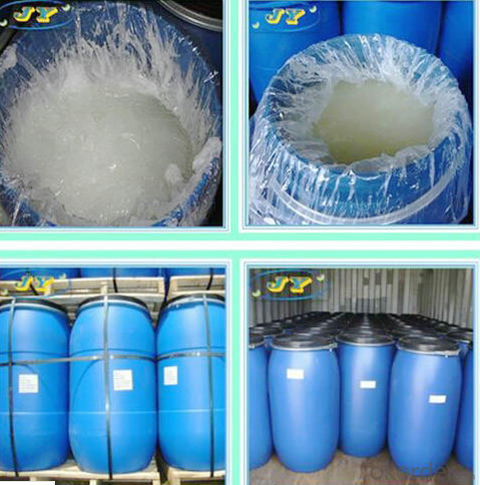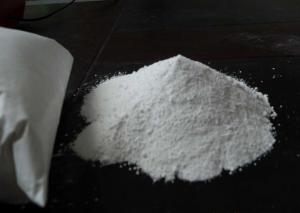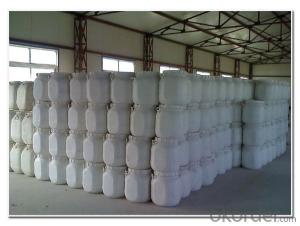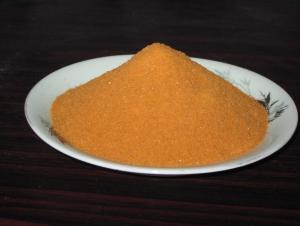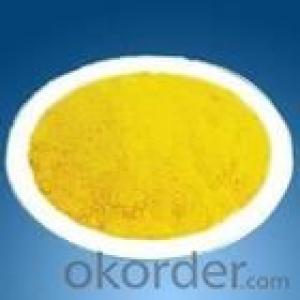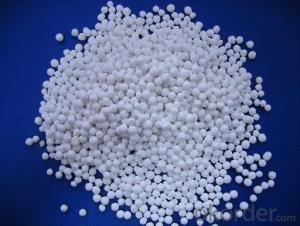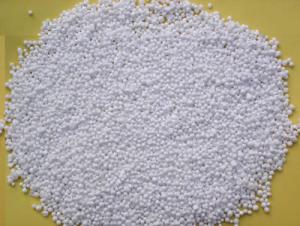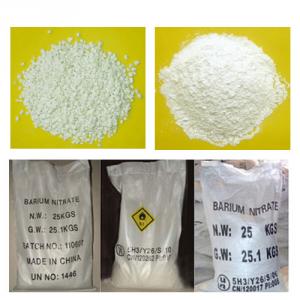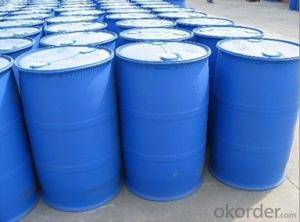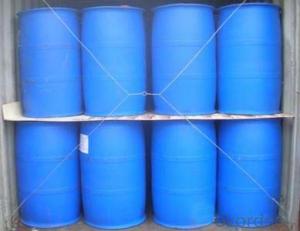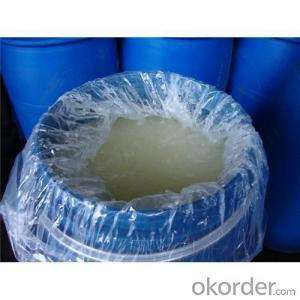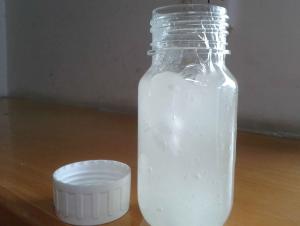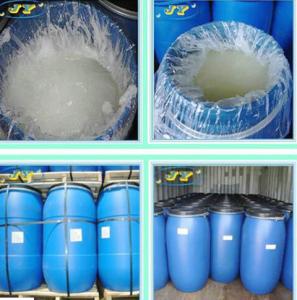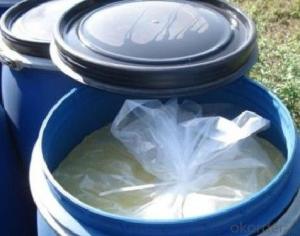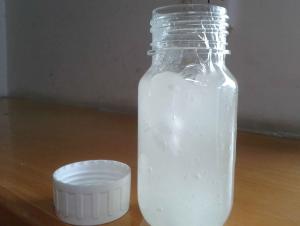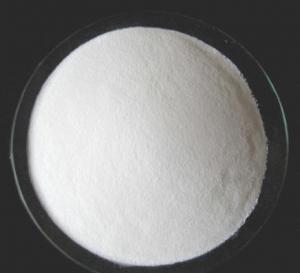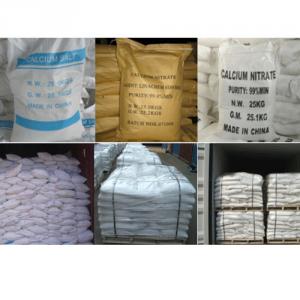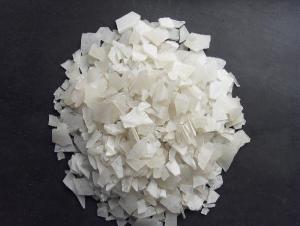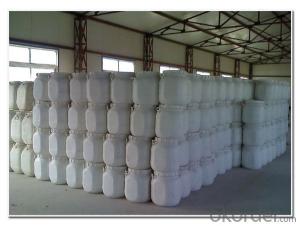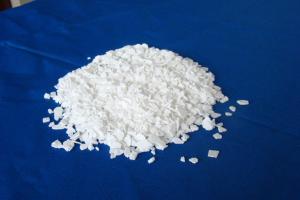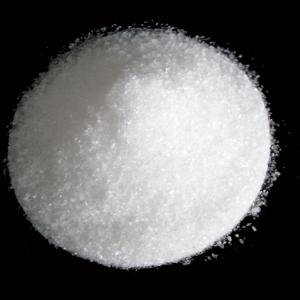SLES with SGS Certificate and Best Offer and Fast Shipment
- Loading Port:
- Tianjin
- Payment Terms:
- TT or LC
- Min Order Qty:
- 17.6
- Supply Capability:
- 3000 m.t./month
OKorder Service Pledge
OKorder Financial Service
You Might Also Like
1.Structure of Sodium Lauryl Ether Sulfate70%(SLES70%) Description:
CAS No.: | 68585-34-2 |
MF: | RO(CH2CH2O)nSO3Na |
EINECS No.: | 221-416-0 |
Appearance: | White or Light Yellow Viscous |
Usage: | Cosmetic Raw Materials, Detergent |
2.Main Features of Sodium Lauryl Ether Sulfate70%(SLES70%) :
With excellent detergency,emulsification and foamability,it is easy to dissolve in water.As well as favorable hard-water resistency and high-biodegradation,it is popular with customers both at home and abroad.
3. Sodium Lauryl Ether Sulfate70%(SLES70%) Images
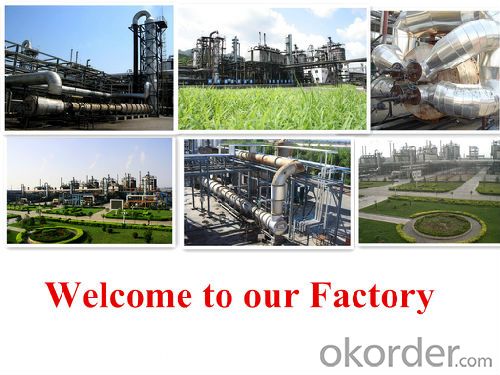

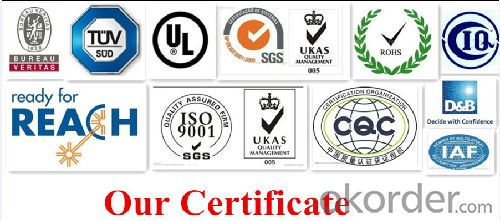
4. Sodium Lauryl Ether Sulfate70%(SLES70%) Specification
Items | Specification |
Active matter, % | 68-72 |
Free Oil,% | 3.5 max. |
Sodium sulfate, % | 1.5 max. |
1,4-Dioxane, PPM | 30 max. |
pH value ( 25 oC , 2% Am.aq.sol) | 7.0~9.5 |
Color, Hazen (5%Am.aq.sol) | 20 max. |
Chloride ion , % | 0.3 Max |
5.FAQ
1)How many tons does your factory can supply each moth?
30000tons/month
2)How to quarantee the quality of the products?
you can arrange SGS&BV or other quality inspection.
3)How many days you need to pepare the cargo after we made the order?
within 30 days.
- Q: What is an inorganic salt?
- Encyclopedia is defined as: inorganic salts that inorganic compounds in the salt
- Q: What is the physiological function of inorganic calcium
- Maintain the life of cells and organisms
- Q: Which crop feet can provide C N inorganic salts for fungal growth
- Plant growth requires a variety of inorganic salts, which require the most is nitrogen, phosphorus, potassium containing inorganic salts. If a lack of some inorganic salts, plants can not grow normally. Kind of crops need fertilization, farm manure contains organic matter, the microbial decomposition of the soil will produce a large number of inorganic salts for plant growth and utilization, the role of fertilizer is to provide a variety of plant growth of inorganic salts. Therefore, in agricultural production, the application of fertilizer and farm manure is intended to provide a variety of inorganic salts for crops.
- Q: Definition of inorganic salts
- There are about 21 kinds of elements which have important physiological functions in the body. Among them, calcium, magnesium, potassium, sodium, phosphorus, sulfur and chlorine are more and more, and the amount of inorganic compounds is more Iron, copper, iodine, zinc, manganese, selenium, fluorine, chromium, nickel, molybdenum, silicon, tin, vanadium and cobalt content is extremely small, called trace elements .2, inorganic compounds in the general name of the salt. Formerly known as "minerals." Some elements of inorganic salts for the human essential nutrients, including potassium, sodium, calcium, phosphorus, iron, iodine and other 20 kinds of elements. With the maintenance of cells and liquid normal osmotic pressure, maintenance of neuromuscular excitement As a variety of acid system activator; constitute the ester of the base; hormones, vitamins, nucleic acid composition and regulate the body's acid and alkali balance and other important physiological functions. Increased or lack of disease, such as hyperkalemia, The explanation of the "inorganic salts" in the academic literature
- Q: Sodiumcorbonate is inorganic salt , why it is not organic substance even it contains carbon?
- Organic molecules have carbon to carbon bonds. EDIT: I wonder why I got a thumb down for stating the definition of an organic molecule? Yahoo answers is a weird place. If there's only one carbon atom in a molecule its not an organic molecule, because there can be no C-C bonds...
- Q: Does the milk contain inorganic salts?
- Calcium, phosphorus, potassium .1L milk can provide 1g of calcium, and milk calcium and phosphorus ratio of 1.2: 1, close to human milk (human milk 1: 1), digestion and absorption rate, it can ensure that the baby's calcium Need milk milk in the very few, only 0.2mg / 100g, for the human milk 1/5, the baby, such as milk-based food feeding, the need to timely add iron and vitamin C foods such as egg yolk, liver mud, In addition, the milk also contains copper, zinc, manganese, iodine, molybdenum and other trace element
- Q: What is the difference between "organic salt" and "inorganic salt"? What is the difference between "organic salt" and "inorganic salt"?
- Inorganic salts are inorganic acids (hydrochloric acid, sulfuric acid, nitric acid) with alkali generated by the reaction of the salt is called inorganic salts. Inorganic salts are salts that do not contain carbon, and organic salts are carbon-containing but do not include carbonates.
- Q: How to extract inorganic salts in soil?
- Dissolve, filter, evaporate
- Q: Calcium is not an inorganic salt
- Is a metal element
- Q: Inorganic salt through what way into the human body
- The role of inorganic salts on the human body 1. Inorganic salts in the human body is extremely uneven distribution. For example, calcium and phosphorus are mostly in hard tissue such as bone and teeth, iron is concentrated in red blood cells, iodine is concentrated in the thyroid, barium is concentrated in adipose tissue, cobalt is concentrated in hematopoietic organs, and zinc is concentrated in muscle tissue. 2. Inorganic salts are important for the structure of tissues and cells
Send your message to us
SLES with SGS Certificate and Best Offer and Fast Shipment
- Loading Port:
- Tianjin
- Payment Terms:
- TT or LC
- Min Order Qty:
- 17.6
- Supply Capability:
- 3000 m.t./month
OKorder Service Pledge
OKorder Financial Service
Similar products
Hot products
Hot Searches
